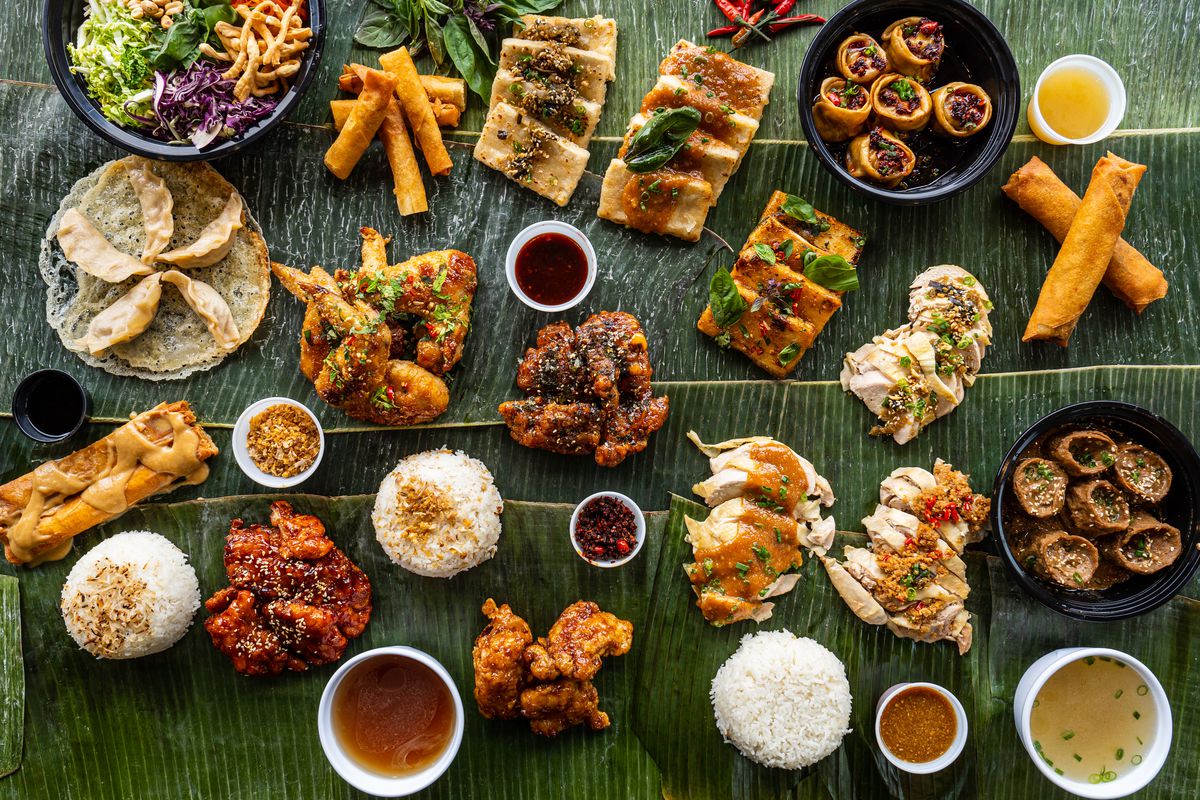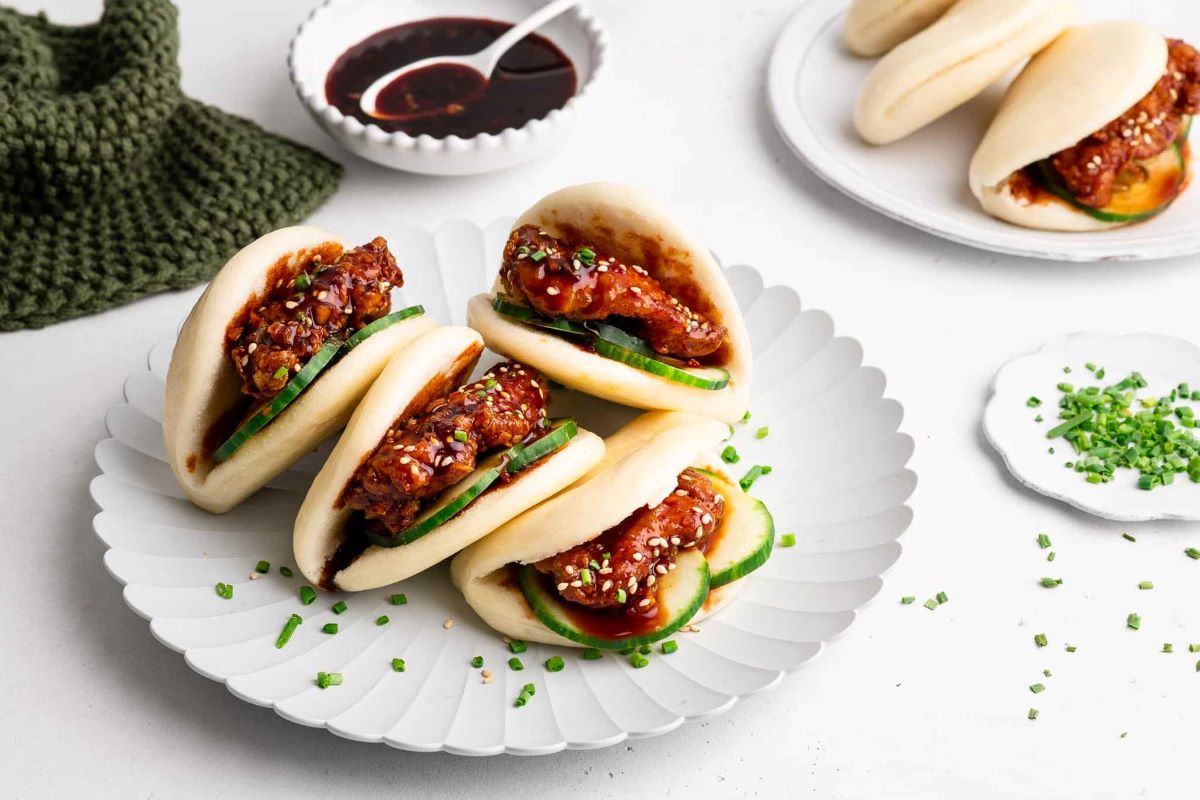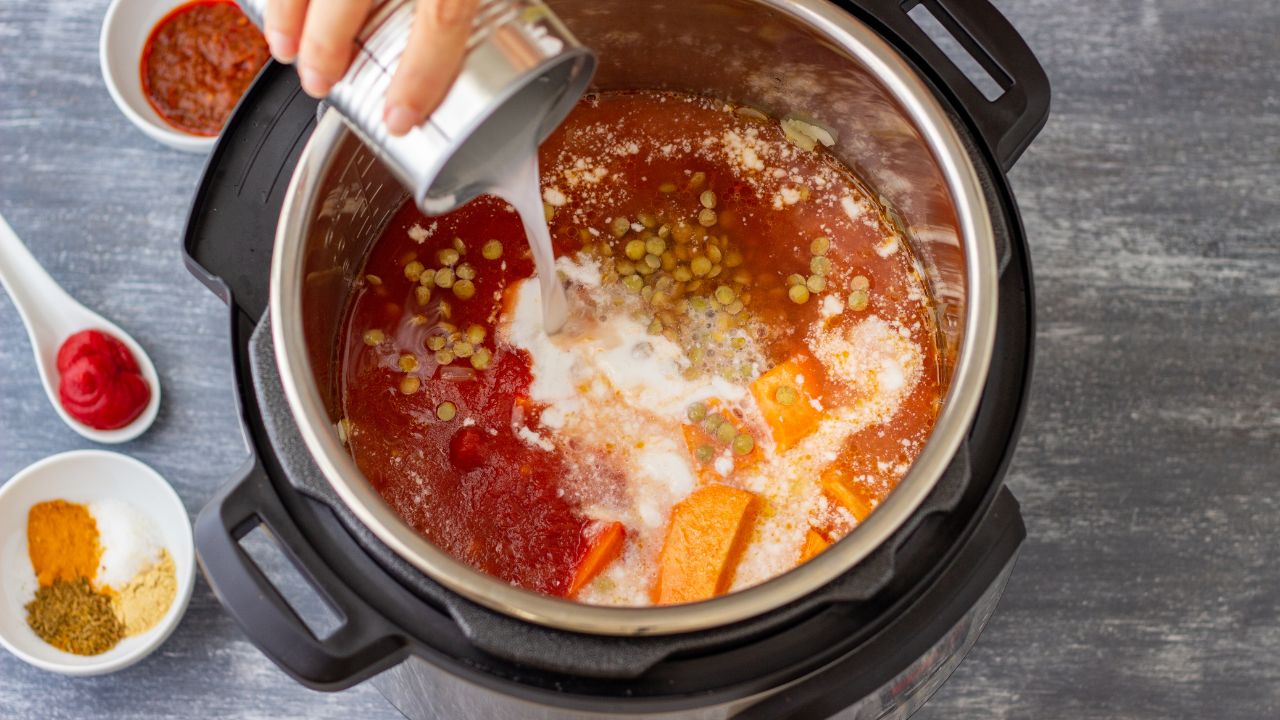Exploring the Flavorful World of Asian Condiments
When it comes to Asian cuisine, the flavors are vibrant, bold, and enticing. One of the key reasons behind their incredible taste is the wide variety of condiments used in Asian cooking. These condiments not only enhance the flavors but also add a distinctive touch to the dishes they accompany.
1. Soy Sauce
Let’s start with the most famous and widely used condiment in Asian cuisine – soy sauce. This savory, umami-packed sauce is made from fermented soybeans and is an essential ingredient in many Asian dishes. From dipping sauces to marinades and stir-fries, soy sauce adds depth and richness to the flavors.
2. Sriracha
For those who enjoy a little heat in their food, Sriracha sauce is a must-have Asian condiment. Originating from Thailand, this chili sauce is made from red chili peppers, vinegar, garlic, sugar, and salt. It adds a spicy kick to noodles, stir-fries, soups, and even sandwiches.
3. Fish Sauce
Fish sauce is a staple in Southeast Asian cuisine, lending a uniquely savory and slightly fishy flavor to dishes. Made from fermented anchovies, this pungent liquid is used in marinades, dressings, and dipping sauces. A little goes a long way in adding an authentic Asian taste to your cooking.
4. Hoisin Sauce
Hoisin sauce, often referred to as Chinese barbecue sauce, is slightly sweet and tangy. It is made from a combination of soybeans, garlic, chilies, and various spices. Hoisin sauce is commonly used as a glaze for meats, a dipping sauce for spring rolls, or as a flavorful addition to stir-fries.
5. Oyster Sauce
Oyster sauce is a thick, savory condiment made from oysters, soy sauce, garlic, and other seasonings. This rich and flavorful sauce is often used in stir-fries to give depth and shine to the dishes. It pairs well with vegetables, seafood, and meats, creating a tantalizing umami taste.
6. Sambal
Sambal is a spicy chili paste popular in Indonesian and Malaysian cuisines. Made from a mixture of chili peppers, garlic, ginger, and other spices, sambal adds a fiery kick to a variety of dishes. It can be used as a condiment or mixed into marinades and sauces, offering an explosion of flavors.
7. Rice Vinegar
Rice vinegar is a staple in Asian cooking, known for its mild and slightly sweet flavor. It is made from fermented rice and is commonly used in dressings, marinades, and sushi rice. Its delicate acidity adds a refreshing taste to dishes, balancing the flavors of other robust condiments.
8. Sesame Oil
Sesame oil is a fragrant and flavorful oil that is widely used in Asian cuisine. Made from roasted sesame seeds, it adds a nutty aroma and taste to various dishes. Whether drizzled over noodles, used as a seasoning, or added to stir-fries, sesame oil brings a delightful touch to Asian cooking.
9. Chili Oil
Chili oil is a fiery and aromatic condiment made by infusing oil with chili peppers and other spices. It is a popular accompaniment to dumplings, noodles, and soups, providing a burst of heat and flavor. This versatile condiment can range from mildly spicy to extremely hot, catering to all spice preferences.
10. Miso Paste
Miso paste is a traditional Japanese condiment made from fermented soybeans. It has a complex, savory flavor and is commonly used in soups, marinades, and glazes. Miso adds depth and richness to dishes, elevating the overall taste profile.
These are just a few examples of the incredible array of condiments that help create the wonderfully diverse and delicious flavors of Asian cuisine. So, the next time you embark on an Asian culinary journey, be sure to have these amazing condiments on hand to enhance your dishes and savor the authentic taste of Asia.











